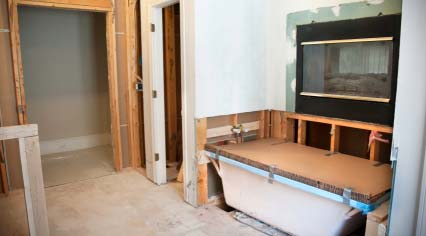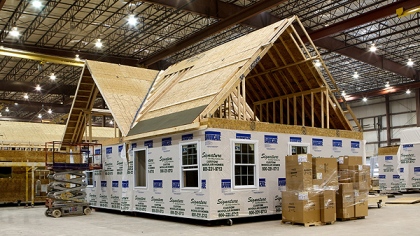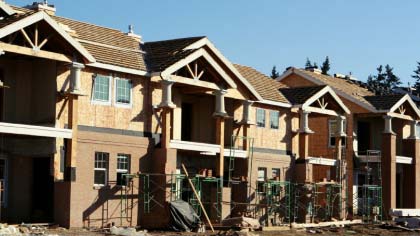Construction Loan Center
Building A Dream Home, The First Few Steps

In this article we are assuming that you either own raw land to build on or own a house that’s either going to be substantially remodeled or demolished.
1) Plans and Specs:
Before beginning the actual work on the project to build a dream home, you MUST submit plans and specifications to the county or local municipality for approval. Without the appropriate permits, you will not be able to start work on the project
2) The Contractor:
One of the questions to ask yourself is if you can function as your own general contractor and whether or not you have the requisite skill set to function as so. If you don’t, don’t do the work, rather, hire a general contractor who has the necessary licenses, is bonded and insured and knows what they are doing. You need to also have the contractor give you an ESTIMATE of the total costs. I have capitalized the word “estimate” because that is exactly what it is. An estimate. There is no such thing as a guarantee of costs because there are unexpected things that may come up, like zoning issues, unstable ground, or a whole plethora of problems that could delay or possibly prevent the contractor from doing his work.
3) Appraisal for a Construction Loan:
Once the plans are ready your lender will be able to order a future value appraisal.
Although construction loan appraisal follows the same guidelines and looks identical to a regular home appraisal in many aspects, it is different in that it is actually based on future value of the property and hence called a future value appraisal.
When purchasing or refinancing an existing home, the lender considers the loan to value ratio as the primary number to base the loan program on. In the case of a construction or construction to permanent loan there is another ration to consider, which is the loan to cost ration. A construction loan calculator can help with these calculations.
The combination of LTV and LTC tells the lender how much equity you will have in the property and thereby determines the amount of risk it will be assuming. The higher the risk, the higher the rate and vice-versa.
4) Construction Loan amount calculation
As mentioned above your loan amount is going to be based on LTV and LTC. Any other out of pocked expenses as well as value of the lot and contingency and interest reserves are going to play a role in the calculation of the loan amount. There’s no standardized approach to calculating the loan amount but this construction loan calculator will give you a very good idea of where you stand.
Here is a very simple example of the loan amount, rate and terms/conditions of the loan which does not include contingency or interest reserve:
Cost of the Parcel $75,000
Soft Cost $261,000
Hard Cost $800,000
TOTAL $1,068,000
Value for an 80% LTV for the loan $1,335,625
Estimated rate for this type of loan will be at arount 3.75% in todays market
Bonding and Licensing for the Contractor (Check the contractor for liens or encumbrances on their license(s) or complaints)The payment for this loan is around: $4,800. This does not include escrows for taxes or insurance. The takeaways for you as a borrower are:
Plans and Specs from the Contractor
Approval from the Municipality
Anticipated Start Date
Anticipated Completion Date
Final Inspection
Loan Closing
Any questions you have regarding the process should be referred to the contractor about the building process and the lender about the loan process.






